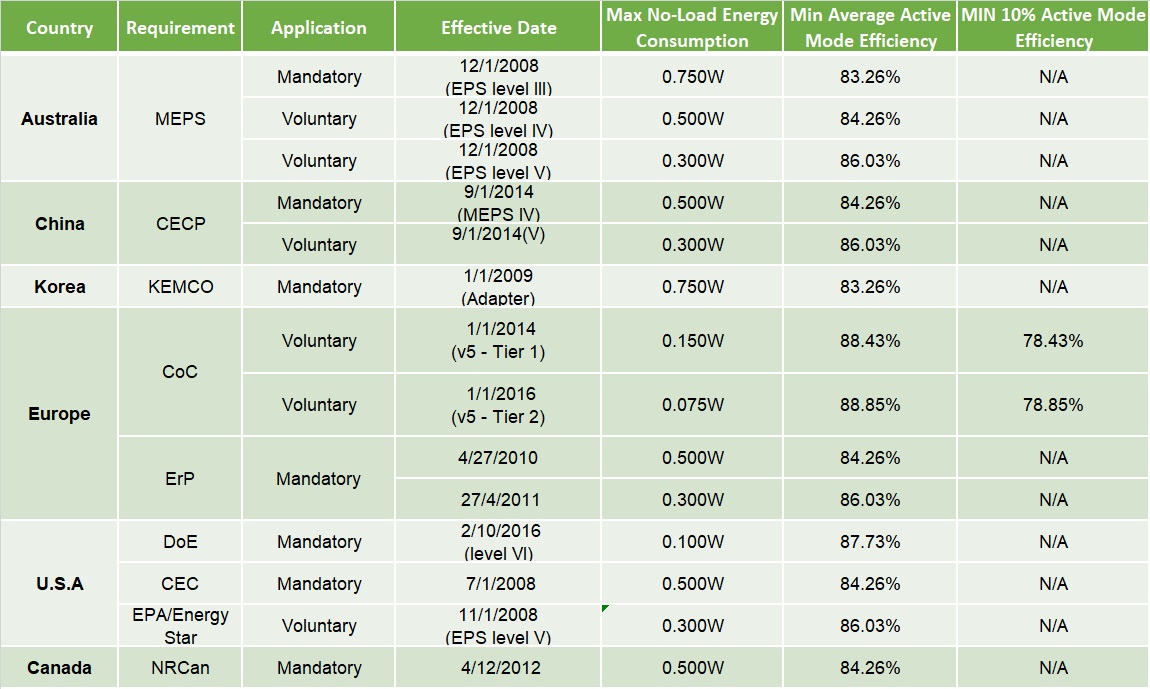
Product Design and Development
Why do the same as everyone else when you can stand out from the crowd?
Custom design is at the heart of our product offering. We believe that by working closely together, sharing and exploring ideas we can provide innovative and unique solutions that stand out from the rest of the market. This could be a new style or new specification to cover highest efficiency, lowest thermal performance or simply smallest size and lowest possible cost.



Custom design can be challenging, so if you have a concept that you’re unsure how to design or a product that you’re unsure how to manufacture, please call us! We are able to discuss applicable research and advance this further as necessary prior to detailed design and simulation including reliability modelling. Once developed and manufactured using our vertically integrated LEAN processes, system performance can then be fully validated and optimised in-house prior to submission to an accredited independent EMC test laboratory for formal safety certification. This ensures optimal performance whilst minimising potential risk of product delays.
From a design perspective we meet existing and evolving global requirements. The Department of Energy (DoE) in the United States worked with the Lawrence Berkeley National Laboratory (LBNL) in 1998 to assess that the annual standby power consumption accounted for 5% of all residential electricity, which is equivalent to a year’s energy costs of $3 billion. The DoE also predicted that the total electricity consumption in the United States in 2014 was 1.29 billion megawatts, so a waste of 5% is 64 million MWh – equivalent to wasting 18 typical power plant production. The DoE subsequently introduced an efficiency requirement which has evolved over the years. The latest DoE VI specification was introduced in 2014 and became mandatory on 10/02/2016. This standard mandates more stringent energy efficiency levels tested over more points on the load curve for a greater number of external power supply types. All external power supplies sold in the US must now meet the updated and expanded DoE Level VI energy efficiency requirements.
Many countries are aligned to the DoE with similar specifications. For instance, the European Union (EU) has a voluntary Code of Conduct (CoC) v5 standard that was introduced in 2016 and is expected to become a mandatory Ecodesign requirement in the very near future. This was formed from the results of a study on Miscellaneous Standby Power Consumption of Household Equipment (Molinder, 1997) which calculated an increase in standby losses, including no-load losses for wall packs and chargers from about 8 TWh in 1996 to about 14 TWh in 2006 (Business as Usual scenario). The Code of Conduct implementation anticipated savings of a maximum of 5 TWh per year from 2010, this is equivalent to a total saving of 500 Million EURO per year. In addition, energy losses occur also under load operation because the power conversion efficiency is smaller than one. These losses can be reduced by increasing the power conversion efficiency, resulting in energy savings of the same order of magnitude (1 to 5 TWh). The CoC is formed of two tiers; The Tier 1 standard roughly equates to DOE Level VI and is expected to be introduced first, followed by a tighter Tier 2 standard shortly thereafter.
The performance thresholds for a low (<6Vout) and Basic (>6Vout) AC-DC external power supply (EPS) are as follows;


Applying this to a basic voltage 45W direct operation EPS would result in the following for the EU and other WW regions

We continually monitor the latest energy efficiency regulations to ensure that our products are fully compliant in all regions where they are sold.
